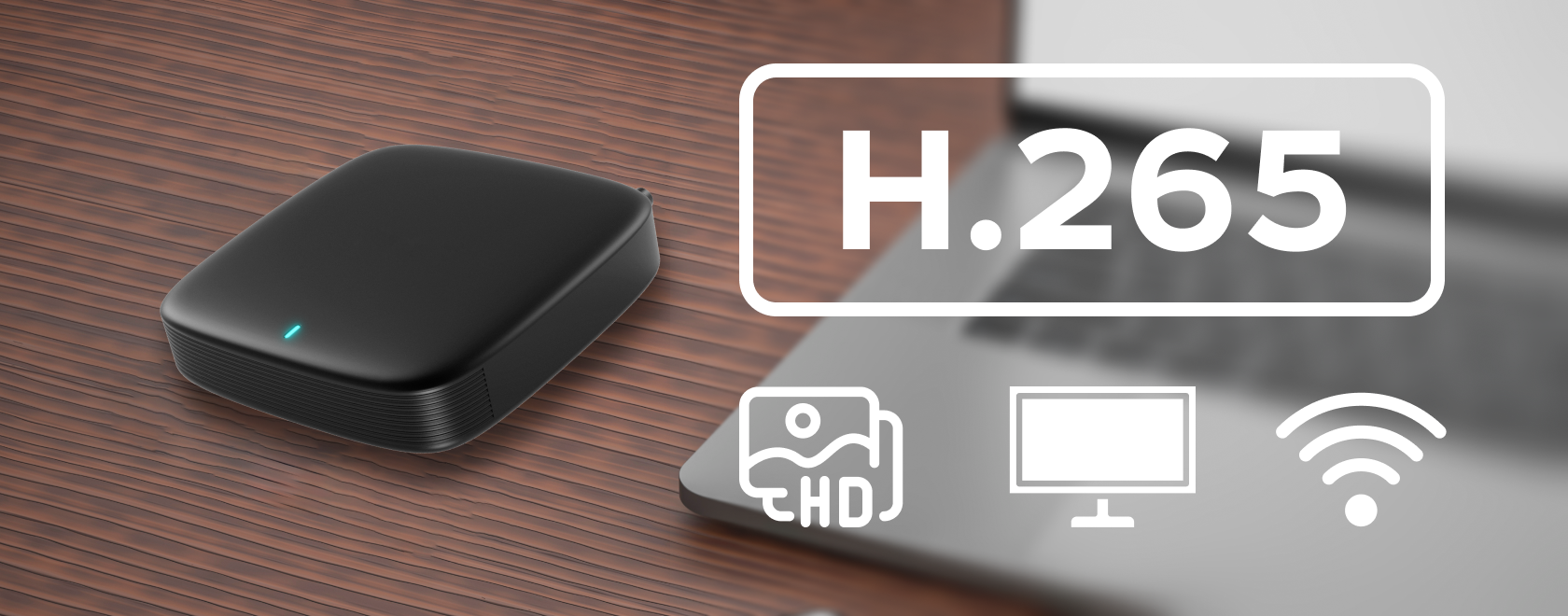Just five years ago most IPTV channels still relied on the time-tested H.264/AVC standard. Today providers are rapidly moving to H.265, better known as HEVC (High Efficiency Video Coding). Advertising for new boxes is filled with phrases like “hardware HEVC decoding,” “4 K HDR @ 60 fps,” and salespeople insist a device without that chip “won’t show anything in the future.” Let’s see why H.265 is needed, what H.265 codec advantages it offers end users, and whether now is the moment to upgrade IPTV box hardware.
How H.265 Differs From H.264
The main goal of the new format is to cut bitrate while preserving picture quality. On average, HEVC delivers 30–50% bandwidth saving compared with AVC; if a Full-HD channel running H.264 requires an 8 Mbps stream, HEVC needs only 4–5 Mbps. For operators that means lower traffic costs and more HD channels per transponder; for viewers it brings smoother video at the same tariff and less buffering. The second bonus is native 4 K- and HDR-ready design. HEVC was created for large frames (up to 8 K) and 10-bit color depth, which is why championships, movie premieres, and UHD documentaries are usually broadcast in this codec—hence the ongoing debate H.265 vs H.264 or HEVC vs AVC.
Checking Your Current Box
Before running to the shop, verify the exact specs of your device. Open Settings → About (Android TV) or System Info (MAG, Dune, Ugoos). Look for “Hardware decoder: H.265/HEVC.” If you see it, you already own a set-top box with HEVC and need no changes.
Distinguish software from hardware decoding: VLC or Kodi can play HEVC in software on older chips, but all load falls on the CPU, causing dropped frames or overheating in 4 K. A hardware block on the SoC tackles the stream without the processor, so even a budget S905X4 drives 4 K@60 fps HDR smoothly, while premium S922X or Nvidia Shield TV adds Dolby Vision—classic examples of H.265 compatible devices.
Internet Speed and Provider Plans
If your home tariff caps at 20 Mbps, moving to HEVC effectively doubles household capacity: two Full-HD TVs instead of one or a single 4 K channel without stalls. At 100 Mbps the gain is smaller, yet traffic savings matter for anyone watching via mobile internet.
When an Update Is Truly Needed
- The provider migrates most channels to HEVC and some no longer open—evidence your box lacks IPTV H.265 support.
- 4 K clips stutter and audio leads video, meaning software decode is active.
- The chassis hits 60 °C or more even on HD content—CPU overloaded by conversion.
- New HDR10/HLG services appear but the box outputs only SDR—the old SoC cannot emit extended range.
What to Check When Buying
- Chipsets: popular choices include Amlogic S905X4, S905Y4, S922X; Realtek RTD 1619; Broadcom BCM72180; Nvidia Tegra X1+. Each powers a modern HEVC set-top box.
- HDMI 2.0b or higher — guarantees 4 K @ 60 fps, 10-bit, HDR10/HLG.
- Built-in Wi-Fi 5/6 for wireless UHD without lag.
- Gigabit LAN for wired purists.
- Android TV 10/11 or a vendor firmware with updates.
Bottom Line: Should You Upgrade?
Replacing hardware makes sense if:
- your provider is fast-tracking HEVC
- you plan to watch 4 K UHD and HDR channels
- the current unit overheats or struggles with smooth playback
Within two or three years H.265 will dominate, phasing out H.264 much as AVC once replaced MPEG-2. So when choosing a new receiver or TV, make sure “HEVC hardware decode” and “HDR10” appear on the spec sheet—future-proof insurance for consistent streaming performance, better image quality improvement, and efficient video compression.
